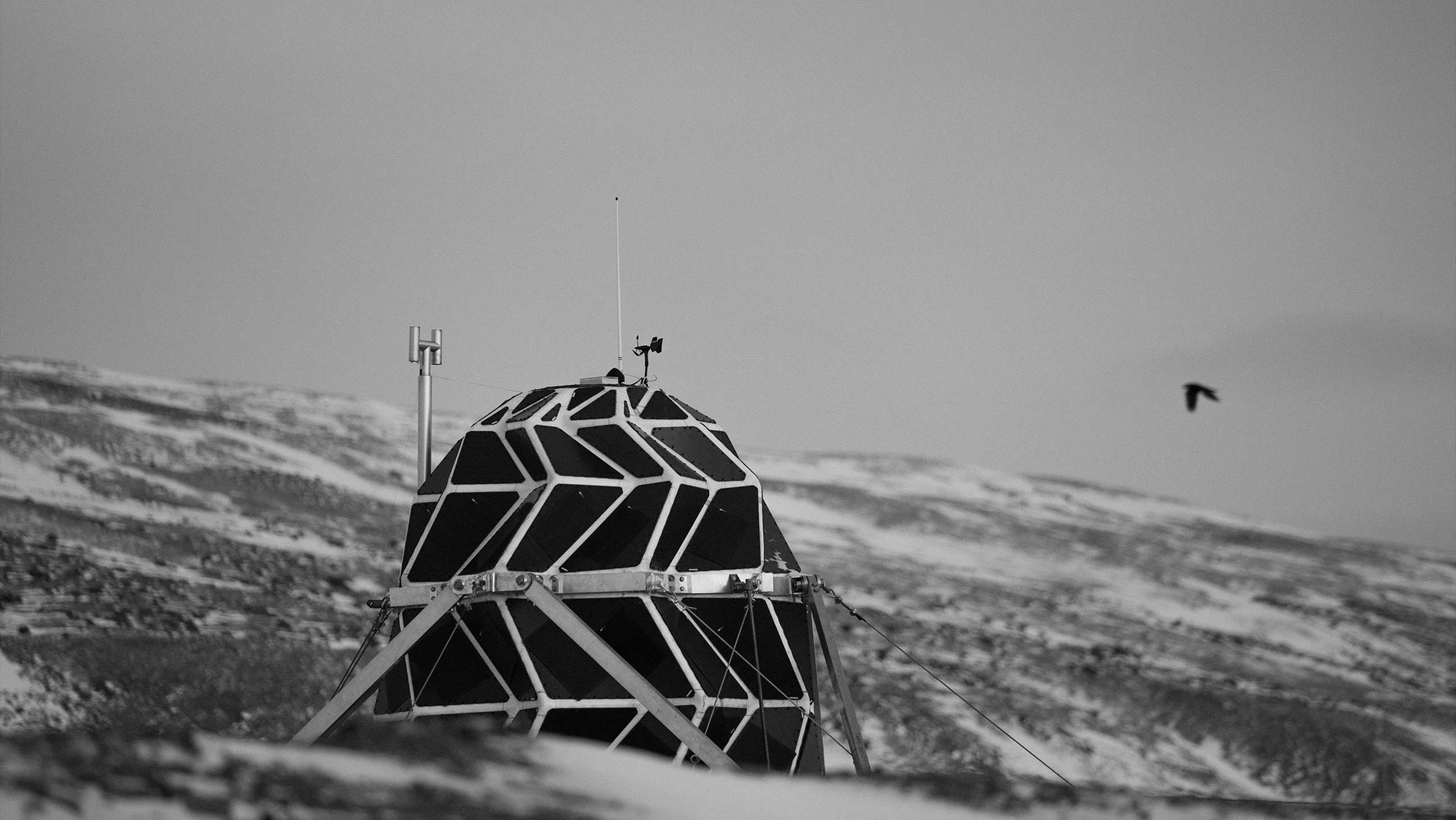

To test the capabilities and potential of LUNARK went on its first expedition to Northern Greenland in 2020. Humans will inevitably seek out other planets.” There are a few things that will be different (.).” ”We’re originally from Africa, but now we inhabit the most remote areas of the Earth. Like living on a ship, where you prioritise larger common areas over private areas. But, we will live in smaller spaces for a while, to begin with.



“You still have to wash clothes, take a shower and go to the bathroom. “Humans on the Moon or Mars will have the same needs as we have here on Earth,” Sebastian told Politiken. Its modular interior will enable inhabitants to change things up, as well as the option to experience immersive soundscapes and care for an indoor algae farm. The LUNARK interior is lit by circadian light panels, which emulate the daily cycle of natural sunlight. How, you ask? For example, they’ve put a huge emphasis on the importance of light. Their design tries to stray away from the stereotypical vision of space habitats and aircraft and instead make it resemble something we’re already familiar with. Because living in a four-square-metre home is not an easy task - but SAGA Space Architects were set on making it work. And this time it is not just to plant a flag, but to settle.”īut LUNARK is more than an outer shell from the deadly moon atmosphere or unlivable climates on our planet. ”Why did we embark on such an insane project? Because soon people are heading for the Moon again. The habitat is completely self-reliant too, as it generates its energy through solar panels. Inspired by origami, this livable hub in its folded state is the size of a cargo bike and increases in volume by 750 per cent, when fully expanded. In collaboration with engineers, programmers, industrial designers and even psychologists (!) the LUNARK habitat is built for discovering the unknown while feeling at home. That is the ambition," says Sebastian Aristotelis, one of the lead-architect of LUNARK in an interview with the Danish newspaper Politiken. If you need to draw a house on the Moon, call us. "If you need a space rocket, call SpaceX. Their LUNARK moon habitat won the Index Award 2021 People’s Choice Award for its architectural ingenuity, high ambition and endless curiousness. An algae reactor will be placed in the core of the habitat and provide highly nutritious food.Designing for our next habitat or designing for our current? Designing for a far-out future or a troubled now? Designing for the harshest environments of our world or life on a new planet?įor SAGA Space Architects, these dilemmas have an easy answer: Both. In contrast to the tank-like exterior, the interior will attempt to follow the principles of hygge and will be equipped with systems that promote a zero-waste lifestyle. Solar panels will be installed around the perimeter. The exterior must be engineered to withstand temperatures of -40 degrees Celsius, wind speeds of 90 kilometers per hour and even polar bear attacks. Inspired by origami, the Lunark habitat will be built from reinforced folding panels to allow for a unique expanding design that saves space during transport and expands by 560% by volume upon final installation. “The experiment will develop and test a radically different moon habitat where architecture helps to counteract monotony, claustrophobia and psychological stress.” The designers have chosen northern Greenland as their testing grounds - and are looking at locations near Thule Air Base - because of the island’s extreme climate, remoteness, barren landscape and absence of normal circadian rhythms. “The ultimate goal is to develop the best future moon habitat,” the duo said.


 0 kommentar(er)
0 kommentar(er)
